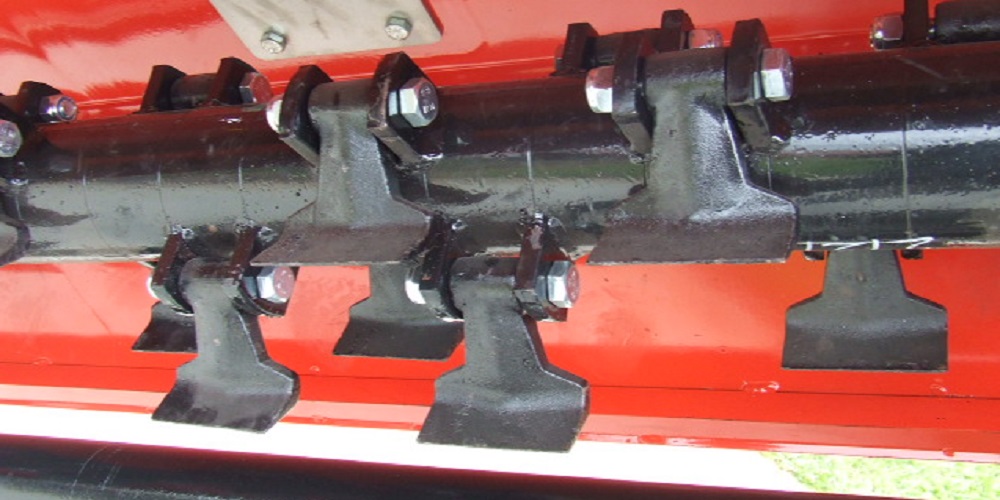Forestry mowers are crucial for maintaining the land in various settings, such as parks, golf courses, and forests. These mowers are made to get through thick vegetation while holding the highest levels of efficiency and safety. Flail and rotary mowers are two of the most popular forestry mower types. Despite their similar appearance, their functionality, design, and applications differ significantly. Various websites provide flail and teeth mowers online; you can visit those and can get one for yourself. Let's look at the design differences between these two mowers so you can decide to purchase one according to your requirements.
Design variations
Vertical blades that revolve around a horizontal drum are used in flail mowers. The flails rip through the undergrowth while moving at high speed. The flails are attached to the drum by a bearing, allowing them to move independently. Flail mowers can cut small trees and thick vegetation—a rotary mower's horizontal, quickly rotating blade slices through the vegetation in its path. Usually suspended beneath the mower, the blade may have one or more blades. Rotary mowers are effective for cutting grass, weeds, and light brush.
Functioning Differences
The primary difference between rotary and flail mowers is how they operate. Flail mowers can cut through dense vegetation and trim bushes and trees. The flails are more effective than rotary mowers at cutting thicker vegetation because they can pass through the dense material without getting tangled up. Furthermore, flail mowers are ideal for larger areas because of their wider cutting width. Small amounts of brush and grass can both be cut with rotary mowers. They are less efficient than flail mowers at cutting thick vegetation because the blade can clog and become less efficient. Rotary mowers are ideal for mowing smaller areas due to their narrower cutting width.
Safety Variations
Safety is most important while using such equipment. When using forestry mowers, safety is a key consideration. Because the flails are contained within the drum of the mower, flail mowers are safer than rotary mowers. This decreases the possibility of flying debris or blades—which could hurt the operator or bystanders—. Additionally, flail mowers are less likely to harm the machine if they come into contact with something solid. On the other hand, the exposed blade of a rotary mower increases the risk of injury to the user or bystanders. The machine may also sustain damage if the blade contacts a solid object.
Maintenance Variations
Maintenance is another essential factor to consider when deciding between rotary and flail mowers. Due to their increased number of moving parts, flail mowers require more maintenance. Regular maintenance is necessary for the flails, bearings, and drum to operate properly. Because they have fewer moving parts than flail mowers, rotary mowers require less maintenance. The deck needs to be kept clean and debris-free, and the blade needs to be sharpened or replaced. Rotating mowers do, however, need routine blade inspections to make sure they are undamaged and in good condition.
Conclusion
In summary, both Flail and rotary mowers have unique strengths and weaknesses. Choosing the right one for your vegetation management project depends on various factors such as the terrain, vegetation density, and the project's scope. Therefore, it is essential to consult with an expert to determine which type of mower best suits your specific needs and ensures optimal safety and efficiency.


